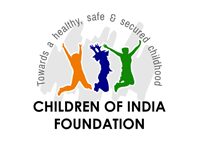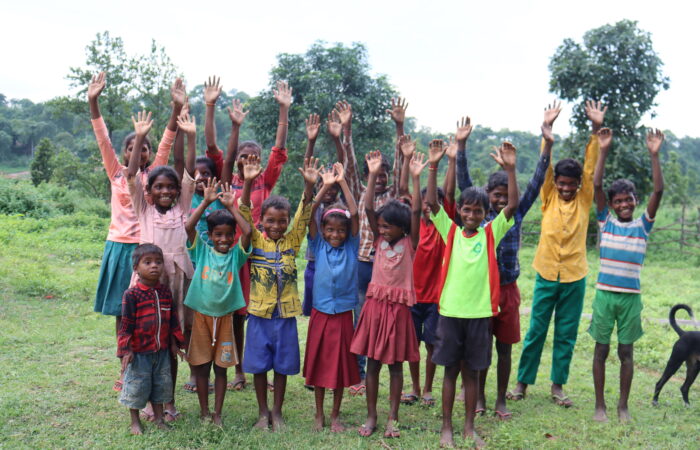Hidden in the forests of Jharkhand, in the small hamlets of the Koderma and Giridih districts reside communities where children as young as five-year-olds are vulnerable to working in the mica mines instead of attending school.
Our Mica Project has taken more than 3000 children out of the mica mines and enrolled them in schools. We even give their families additional livelihood opportunities. To prevent exploitation, we also work with relevant stakeholders to ensure ethical mica supply chains. But we don’t want to stop here. We believe our solution lies in creating an enabling environment for vulnerable children to thrive where child participation is crucial to achieving our goals. Children, when taught ways to amplify their voices, can make their opinions count.

It is with this idea that we conducted our first ‘Child Journalism Training’ on the 13th and 14th of December 2022. This training aimed to equip children to effectively voice out stories that need attention.
The two-day workshop was attended by 30 children from our project hailing from different villages of Koderma and Giridih (supported by the International Labour Organisation). The children were divided into 6 groups and were given the task of creating a group identity through their common qualities/interests which helped them develop a fond kinship. This helped them in carrying out their tasks.
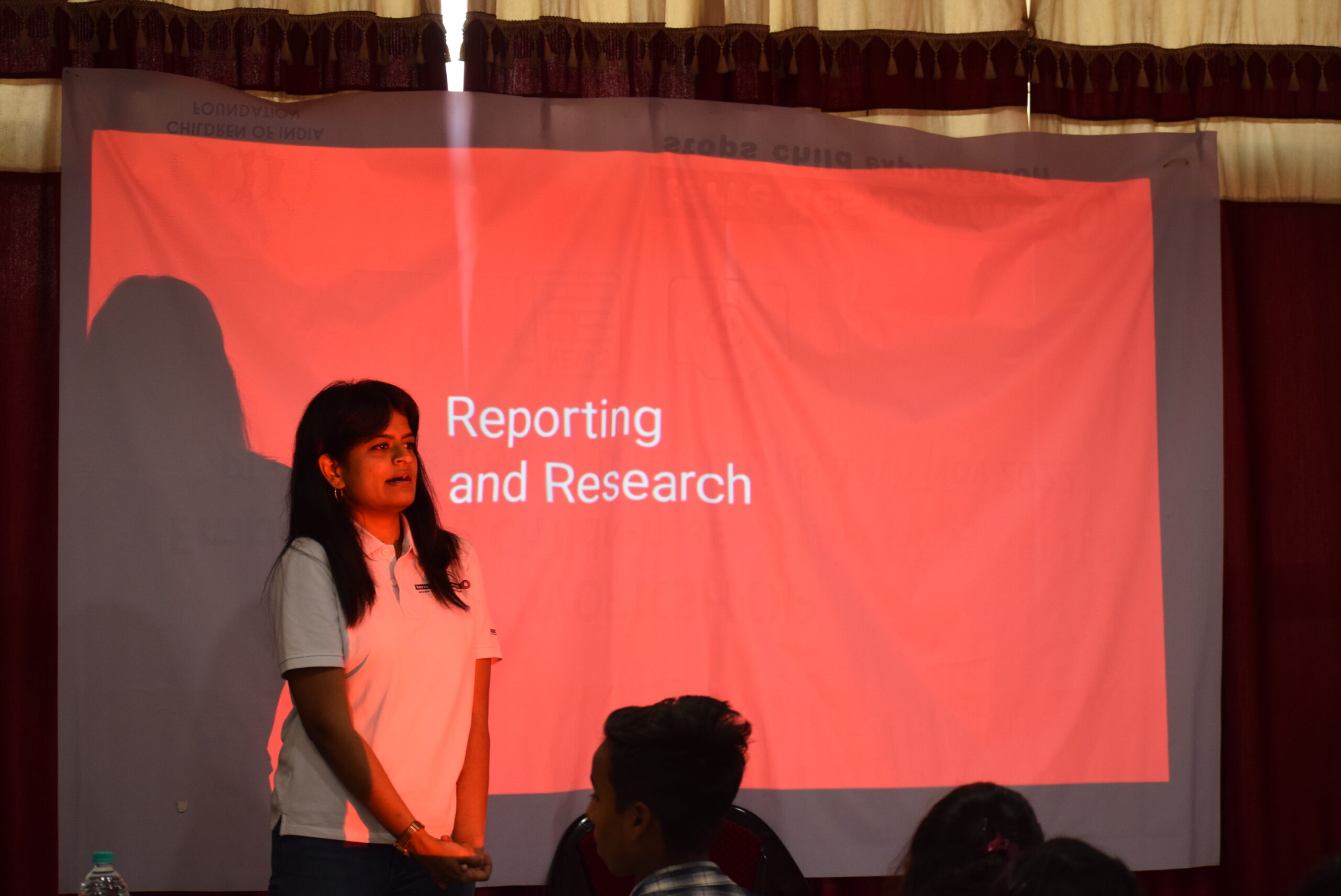
On the 13th, the children were taught ‘reporting and research methods’. The children learnt how to identify, collect and analyse information needed for a story. They also learnt the soft skills of body language, tone and confidence in reporting a story. The children applied their learning to practice as they were asked to do mock story research and reporting. Children enjoyed presenting in a group, where they took on the roles of news reader, reporter, cameraperson, interviewee, etc.
The second day focused on using ‘communication tools’ like audio, audio-visual, print, radio, broadcast, etc for different types of media. The children were taught how to choose the medium according to the story and target audience. Post the session, each group was asked to present their news story from the previous day either through print, digital or audio journalism.
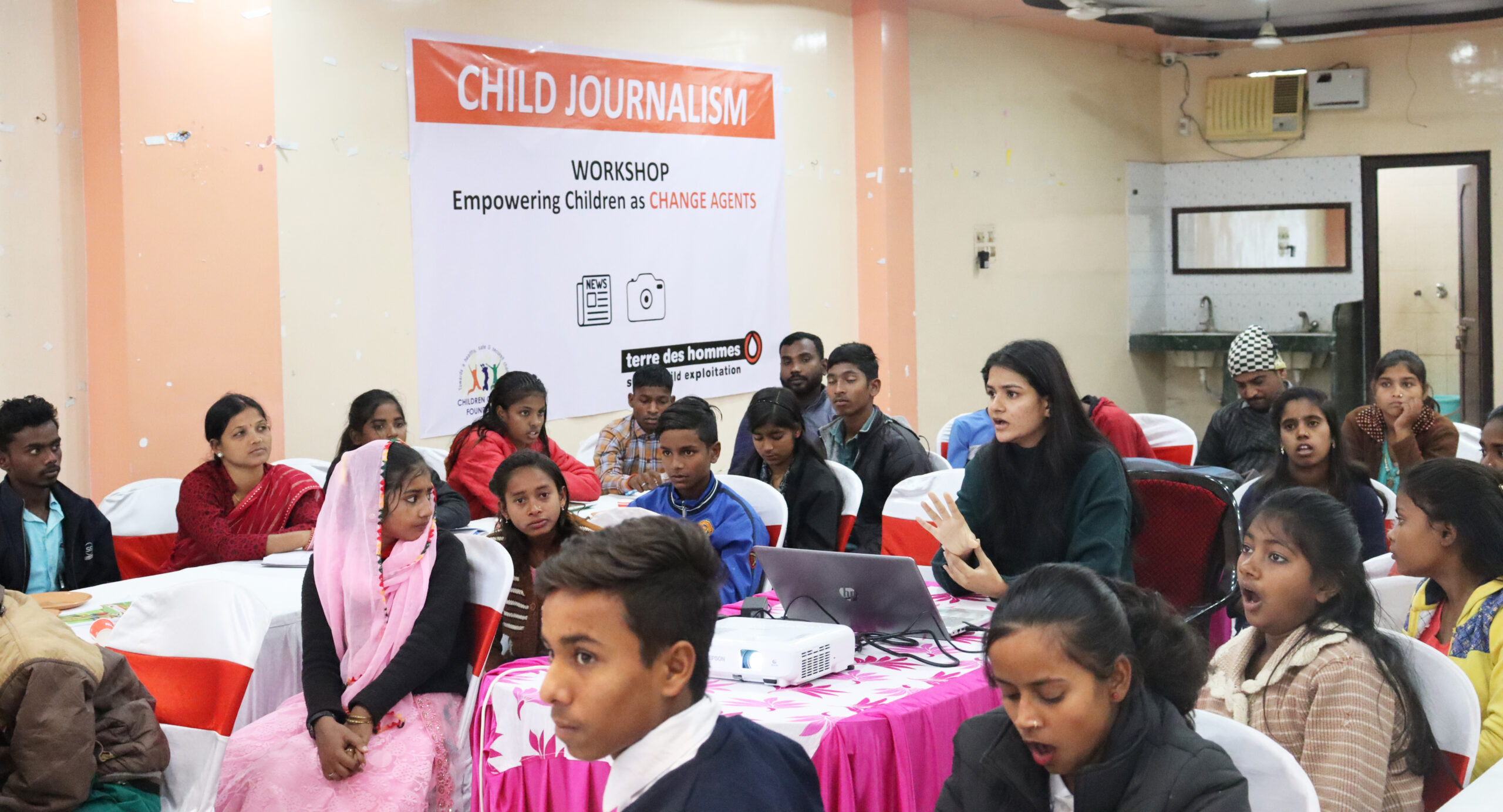
Through these sessions and exercises, the children from different villages exchanged their stories and together applied their learning into practice through the group presentations. It was interesting to see how children brought in diverse ideas and unified them together to create impressive mock news pieces of their own. The growth in their confidence level from the first session to the last one was evident, and so was their team spirit. The children enjoyed enacting the role of a reporter/ interviewer/cameraperson, etc.
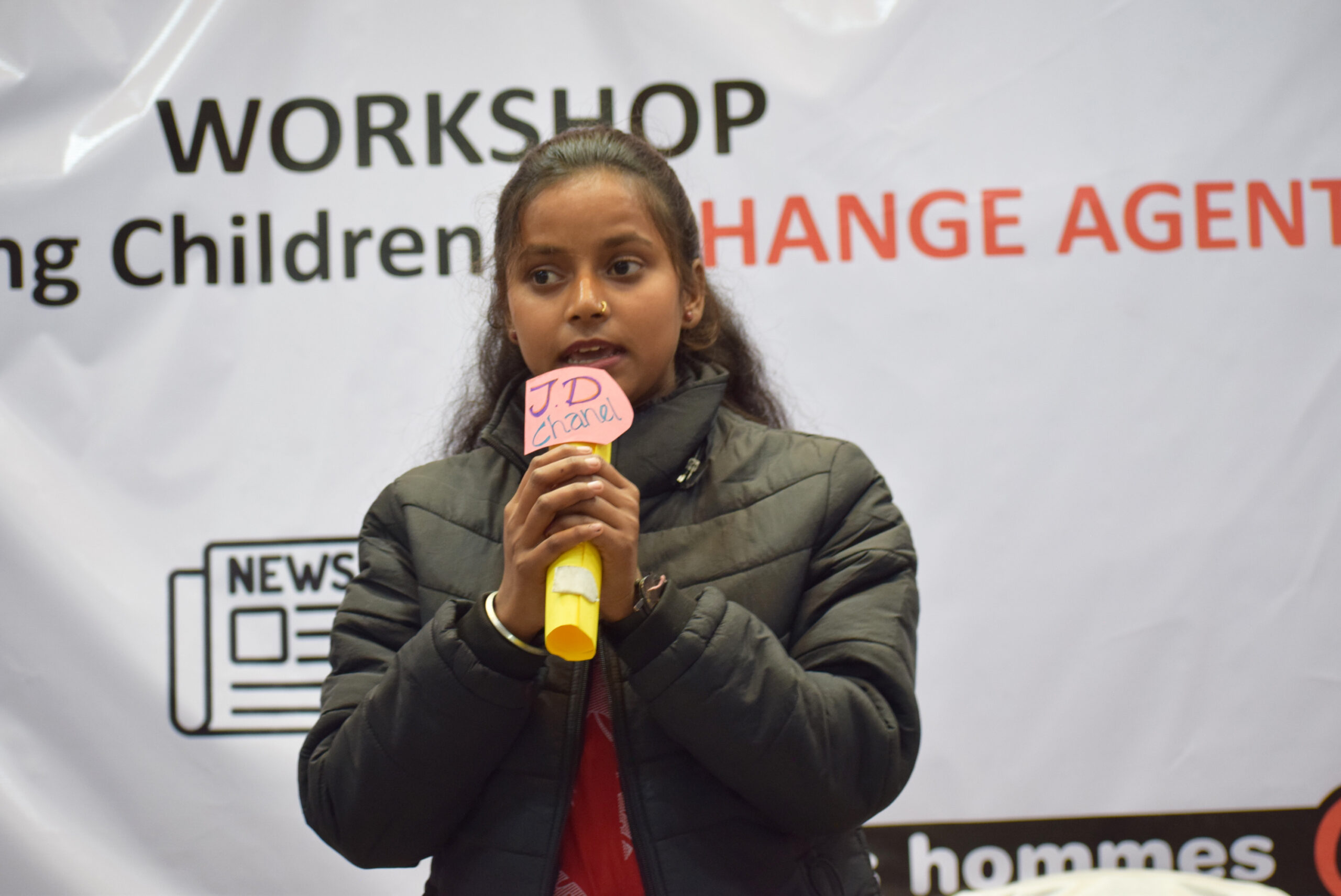
We are excited to take this forward by following up with the Children’s Clubs, working towards planning a ‘Child-Led News Bulletin’ campaign in the near future.
